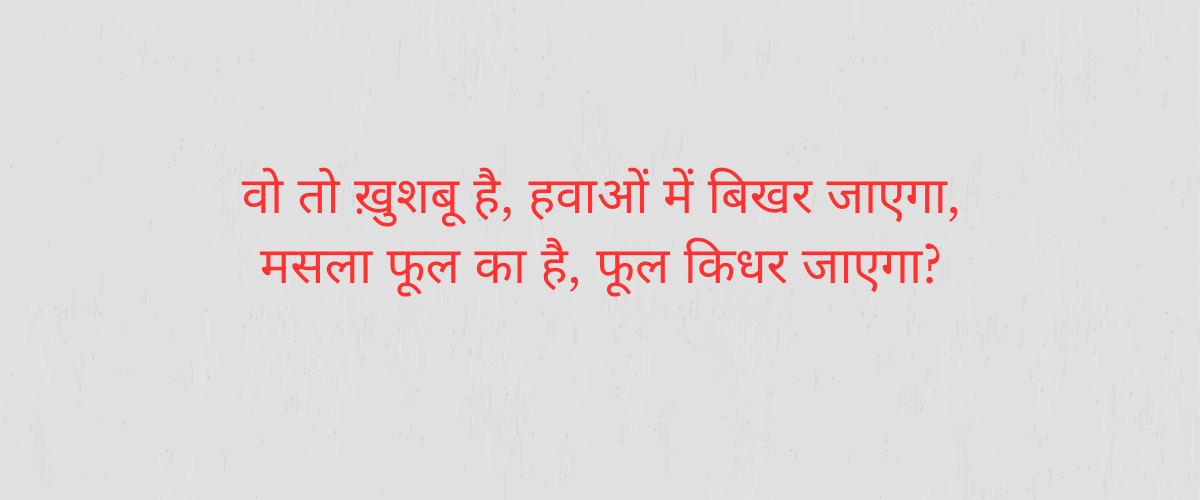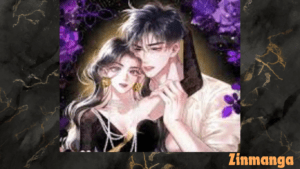Introduction
Sad Shayari, a poignant form of poetry, has a profound ability to touch the deepest corners of our hearts. Rooted in the rich literary traditions of South Asia, Shayari, or poetic expression, transcends mere words, capturing the essence of sorrow, loss, and heartache in a way that resonates universally. This comprehensive guide delves into the world of Sad Shayari, exploring its origins, significance, themes, and how it continues to impact contemporary culture. We will also provide resources and tips for those who wish to explore or write their own Sad Shayari.
The Origins and Evolution of Shayari
Historical Background
Shayari, a form of Urdu poetry, traces its roots back to the Persian literary traditions brought to India by the Mughal Empire. Over centuries, it evolved into a distinct genre that reflects the cultural and emotional landscapes of the region. Prominent poets like Mirza Ghalib, Faiz Ahmed Faiz, and Mir Taqi Mir have contributed immensely to its development, weaving intricate tapestries of words that capture the human condition.
Influence of Persian and Arabic Literature
The Persian and Arabic influences on Shayari are undeniable. The ghazal, a poetic form characterized by rhyming couplets and a refrain, is a prime example of this fusion. It often deals with themes of love and loss, making it a perfect vessel for Sad Shayari.
Themes in Sad Shayari
Sad Shayari encompasses a variety of themes, each reflecting different facets of human sorrow and emotional turmoil.
Heartbreak and Unrequited Love
One of the most common themes in Sad Shayari is heartbreak. The pain of unrequited love, the sorrow of separation, and the longing for a lost lover are eloquently expressed in these verses.
Loneliness and Isolation
Feelings of loneliness and isolation are also prevalent in Sad Shayari. Poets often explore the depths of solitude and the aching emptiness that accompanies it.
Nostalgia and Memories
Sad Shayari frequently evokes nostalgia, reminiscing about happier times and lamenting their loss. These poems capture the bittersweet essence of memories that are both cherished and painful.
Existential Angst
Some Sad Shayari delves into existential themes, grappling with the meaning of life, the inevitability of death, and the inherent suffering of human existence.
Here are some examples of popular Sad Shayari along with their authors-
1. Mirza Ghalib
Mirza Ghalib, one of the most celebrated poets in Urdu literature, is known for his profound and heart-touching Shayari. Here’s a famous couplet by him:
“Hazaron khwahishen aisi ke har khwahish pe dam nikle,
Bahut nikle mere armaan lekin phir bhi kam nikle.”
हजारों ख्वाहिशें ऐसी के हर ख्वाहिश पे दम निकले, बहुत निकले मेरे अरमान लेकिन फिर भी कम निकले।
Translation: “Thousands of desires, each worth dying for,
Many of them I have realized… yet I yearn for more.”
2. Faiz Ahmed Faiz
Faiz Ahmed Faiz, a renowned Urdu poet, often wrote about sorrow, longing, and social issues. One of his well-known verses:
“Mujh se pehli si mohabbat mere mehboob na maang,
Maine samjha tha ke tu hai to darakhshan hai hayat.“
मुझसे पहली सी मोहब्बत मेरे मेहबूब ना मांग, मैने समझा था के तू है तो दरख्शां है हयात।
Translation: “Do not ask me, my love, for that old fervor,
I had thought life would shine if you were mine forever.”
3. Jaun Elia
Jaun Elia, known for his unconventional style and deep expressions of pain and sorrow, has many fans. Here’s one of his famous couplets:
“Jis din se chala hoon meri manzil pe nazar hai,
Aankhon ne kabhi mil ke kisi raah se dekha.”
जिस दिन से चला हूँ मेरी मंजिल पे नज़र है, आँखों ने कभी मिल के किसी राह से देखा।
Translation: “Since the day I set out, my eyes have been on the destination,
Never have they looked eye to eye with any path.”
4. Ahmad Faraz
Ahmad Faraz, another influential Urdu poet, is known for his romantic and sorrowful poetry. A popular couplet by him is:
“Ranjish hi sahi, dil hi dukhaane ke liye aa,
Aa phir se mujhe chhod ke jaane ke liye aa.“
रंजिश ही सही, दिल ही दुखाने के लिए आ, आ फिर से मुझे छोड़ के जाने के लिए आ
Translation: “Let it be anger, but come to hurt my heart,
Come, even if it’s to leave me again.”
5. Parveen Shakir
Parveen Shakir, a modern poetess, often expressed personal sorrow and longing in her poetry. Here’s a poignant verse:
“Woh toh khushbu hai, hawaon mein bikhar jaayega,
Masla phool ka hai, phool kidhar jaayega?“
वो तो ख़ुशबू है, हवाओं में बिखर जाएगा, मसला फूल का है, फूल किधर जाएगा?
Translation: “He is like fragrance, he will disperse in the air,
The problem is with the flower, where will the flower go?”
The Impact of Sad Shayari on Contemporary Culture
Sad Shayari continues to be a significant cultural force, influencing literature, music, and popular media.
Literature
Modern poets and writers often draw inspiration from classical Sad Shayari, incorporating its themes and stylistic elements into their works. Anthologies of Shayari remain popular, allowing contemporary audiences to connect with this timeless art form.
Music and Film
Sad Shayari has a profound impact on music and film, particularly in Bollywood. Many classic and contemporary songs feature lyrics inspired by Shayari, enhancing the emotional depth of the music. Films often use Sad Shayari to underscore poignant moments, adding layers of meaning to the narrative.
Social Media and Digital Platforms
In the digital age, Sad Shayari has found new life on social media platforms. Instagram, Facebook, and Twitter are replete with pages and accounts dedicated to sharing Sad Shayari. These platforms allow poets to reach a global audience, keeping the tradition alive and thriving.
Writing Your Own Sad Shayari
For those interested in writing their own Sad Shayari, here are some tips to get started:
Understand the Structure
Shayari typically follows a structured format, with a specific rhyme scheme and meter. Familiarize yourself with these conventions to create authentic Shayari.
Embrace Your Emotions
Sad Shayari is all about expressing deep emotions. Don’t shy away from your feelings; let them flow through your words.
Use Metaphors and Imagery
Metaphors and vivid imagery are hallmarks of good Shayari. Use these literary devices to paint pictures with your words and evoke strong emotions in your readers.
Study the Masters
Read the works of renowned Shayari poets like Mirza Ghalib, Faiz Ahmed Faiz, and Jaun Elia. Analyzing their poems can provide valuable insights into the art of crafting Sad Shayari.
Exploring Sad Shayari: Resources and Recommendations
For those looking to explore Sad Shayari further, here are some resources and recommendations:
Books and Anthologies
- “Diwan-e-Ghalib” by Mirza Ghalib
- “Selected Poems” by Faiz Ahmed Faiz
- “Shayari” by Jaun Elia
- “A Treasury of Urdu Poetry” edited by S.R. Faruqi
Online Platforms
- Rekhta.org: A comprehensive resource for Urdu poetry, including a vast collection of it.
- UrduPoint.com: Features a wide array of Shayari in Urdu and Roman script.
- YouTube Channels: Channels like “Urdu Shayari” and “Sad Shayari” offer recitations and compilations of Shayari.
Conclusion
Sad Shayari, with its profound ability to articulate the depths of human sorrow, remains a powerful and enduring form of expression. Whether you are a seasoned poet, a casual reader, or someone seeking solace in words, the world of this Shayari offers a rich tapestry of emotions to explore. By understanding its origins, themes, and impact, we can appreciate the timeless beauty of this art form and continue to find meaning in its verses.




